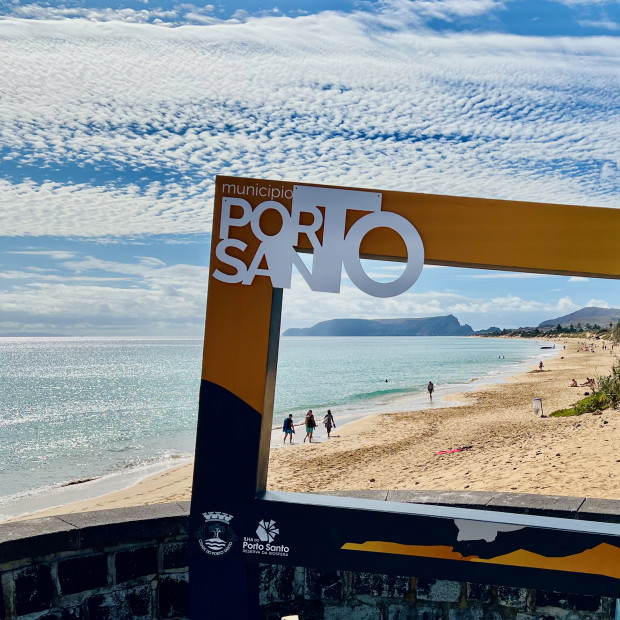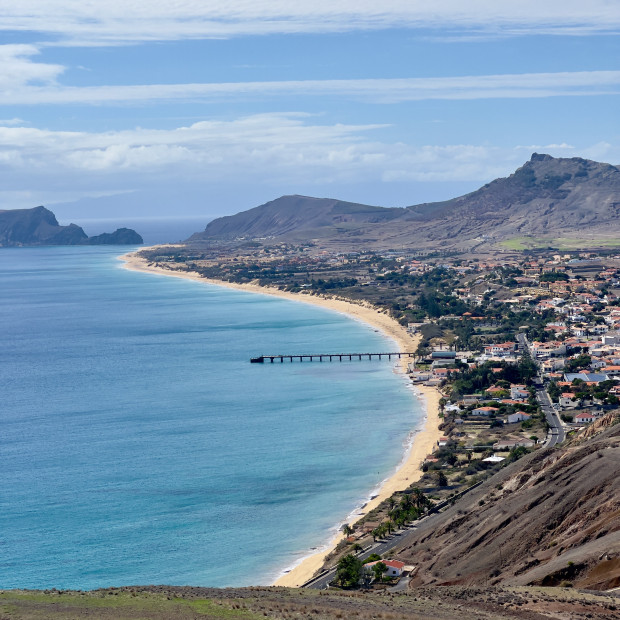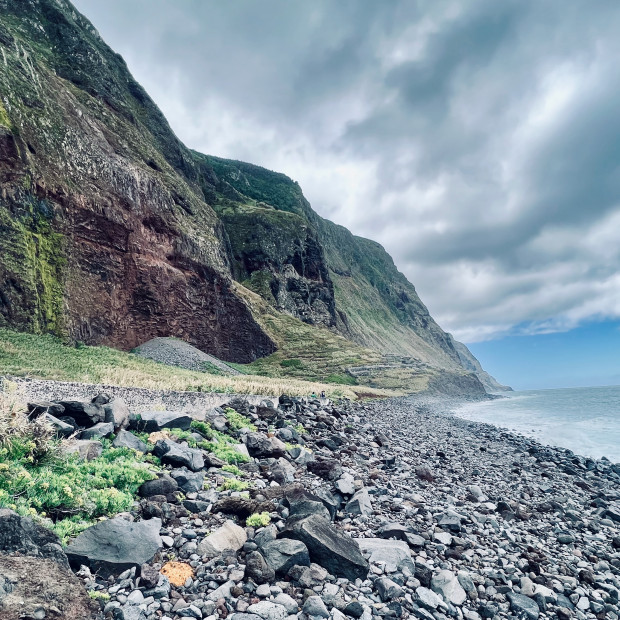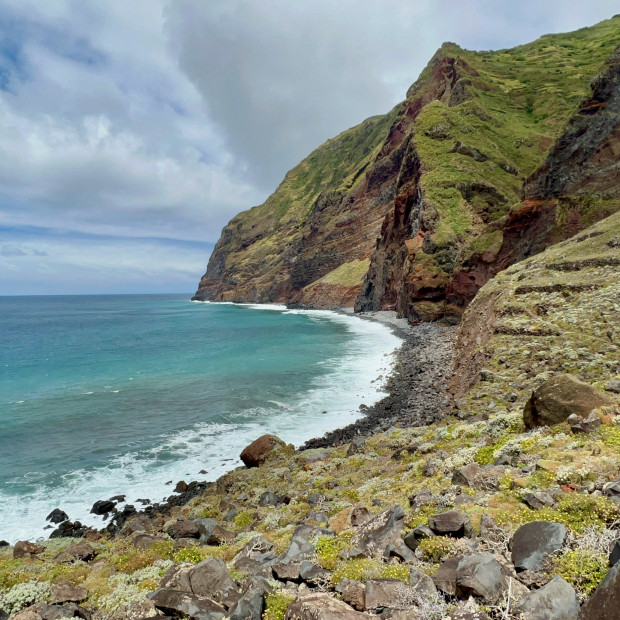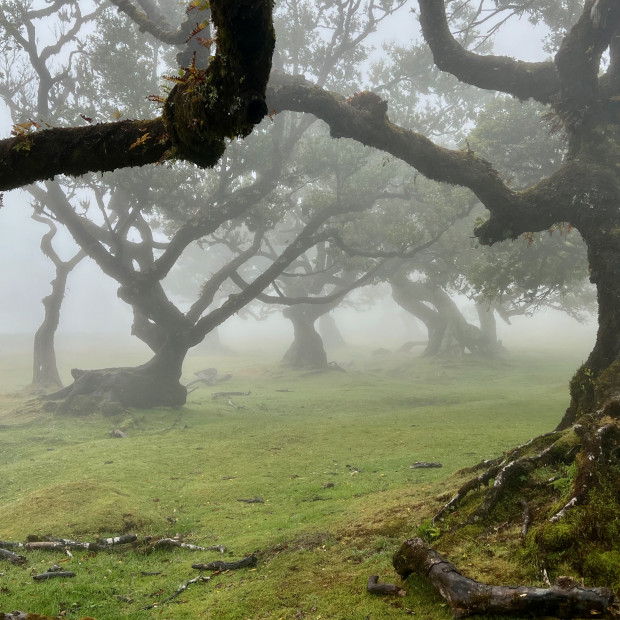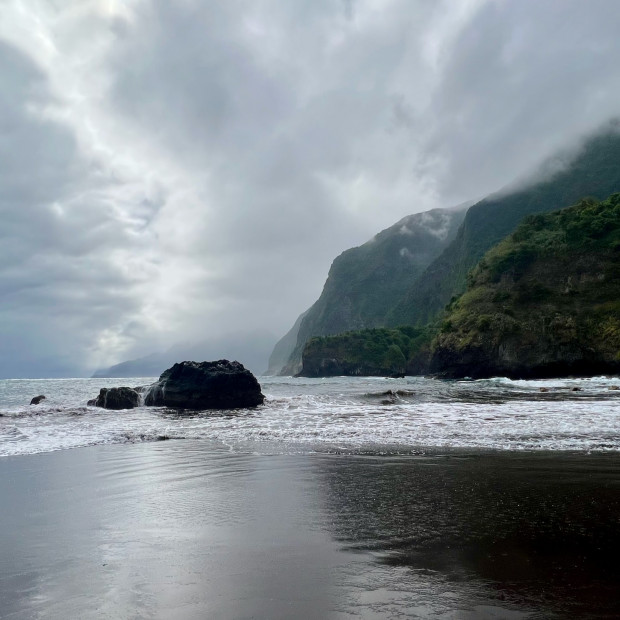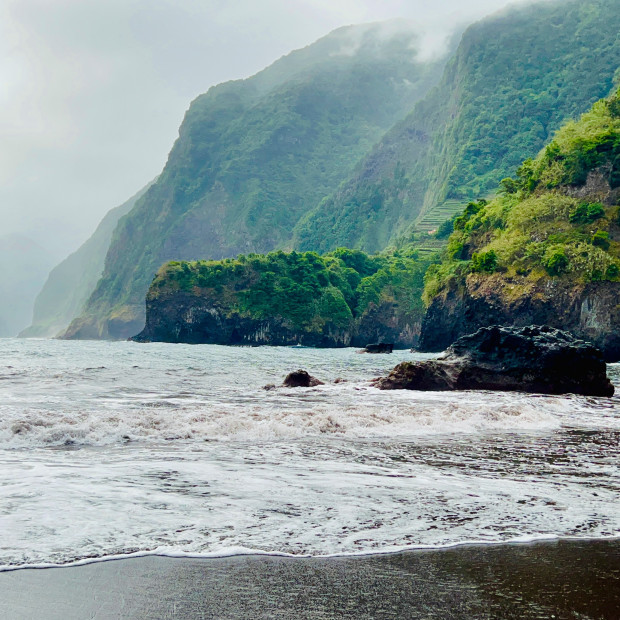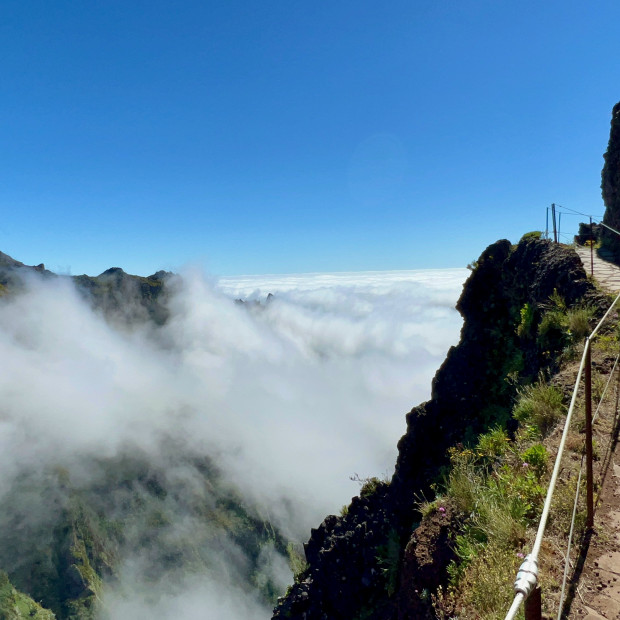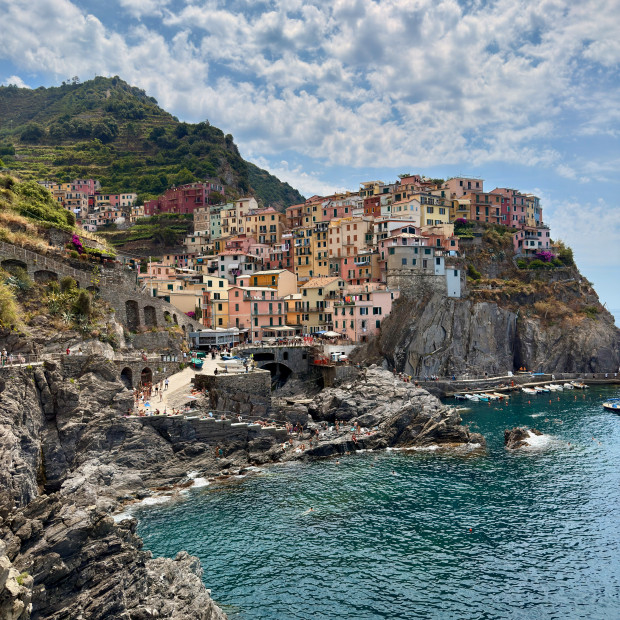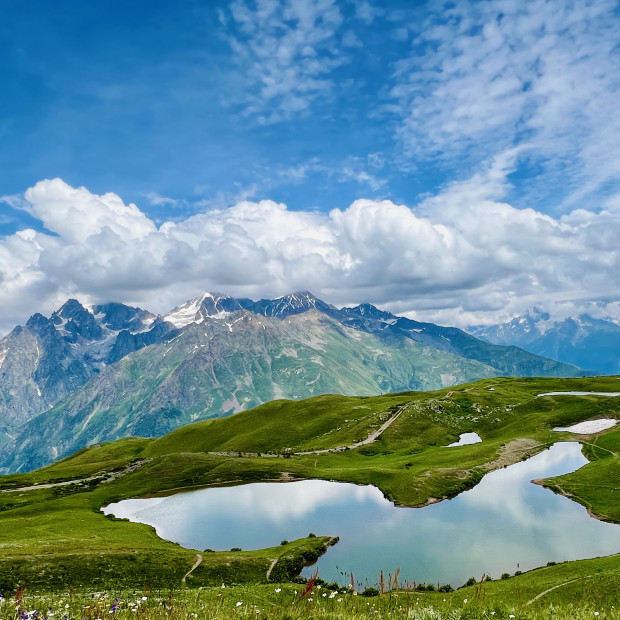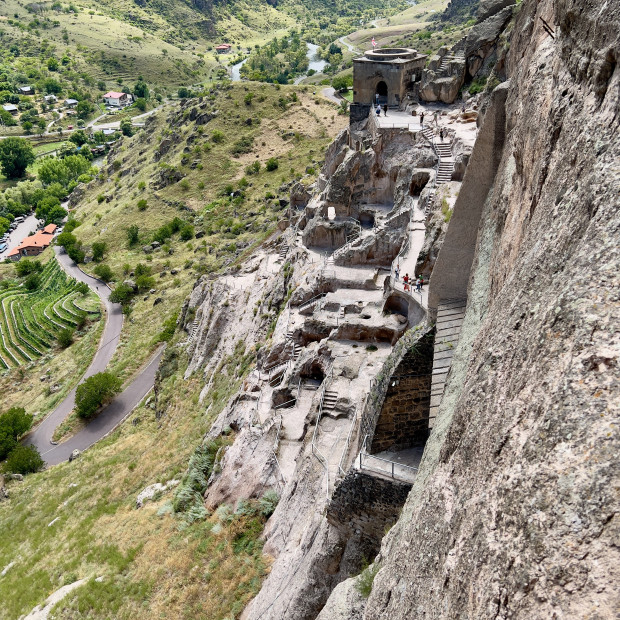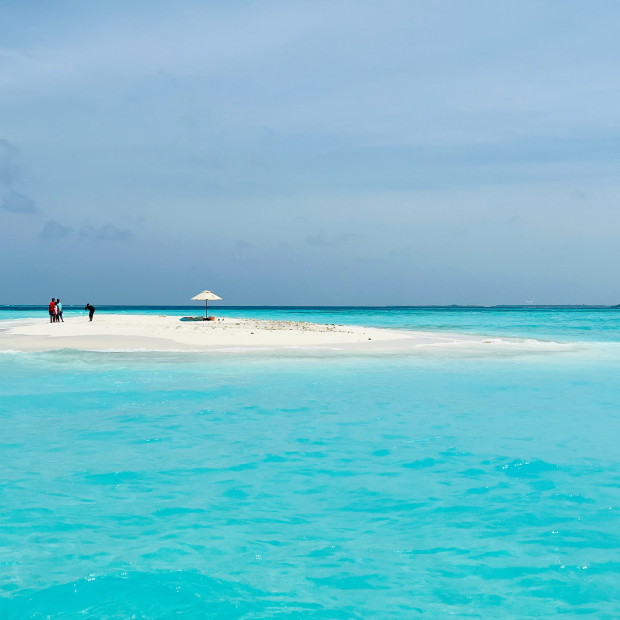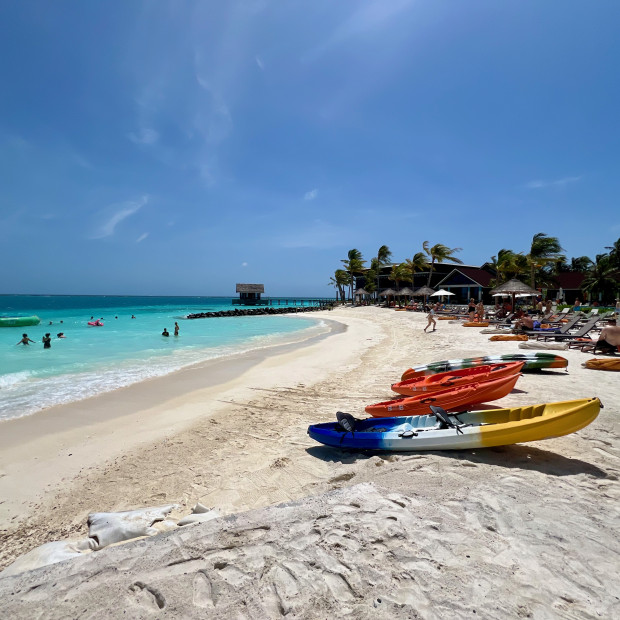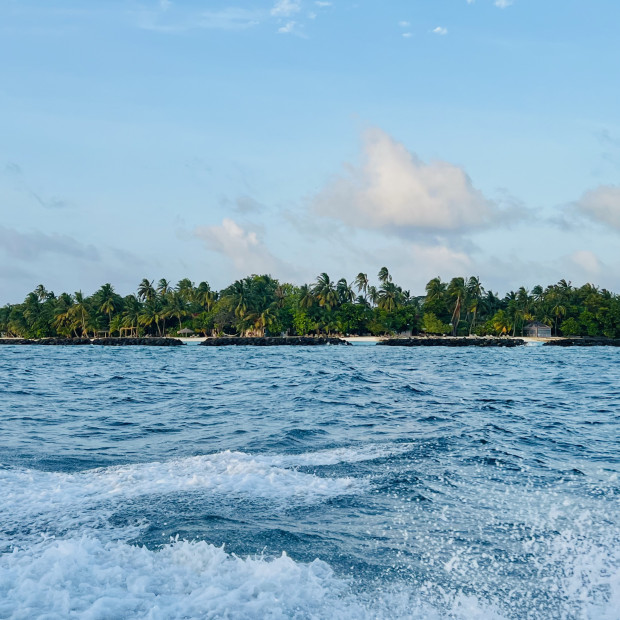About this place
Banana plantations are a prominent feature of the agricultural landscape in Madeira, an archipelago located in the Atlantic Ocean. The mild climate and fertile soil of the island make it an ideal environment for growing bananas.
Bananas have been cultivated in Madeira since the 16th century, introduced by Portuguese explorers. The plantations are typically found on the southern slopes of the island, where they benefit from abundant sunlight and protection from strong winds.
The banana plants in Madeira are of the Cavendish variety, which is a popular and widely cultivated banana species. The plants grow in large clusters known as "hands" and can reach heights of up to 6 meters. Each plant produces one main bunch of bananas, which takes several months to mature.
The cultivation of bananas in Madeira follows a traditional and sustainable approach. The plantations are carefully managed, and organic farming methods are often employed. The volcanic soil of the island provides natural nutrients, and little to no chemical fertilizers or pesticides are used.
The banana harvest in Madeira usually takes place throughout the year, with different stages of ripeness being harvested at different times. Once harvested, the bananas are carefully packed and transported to local markets and export destinations.
Banana plantations in Madeira not only contribute to the island's agricultural economy but also add to its scenic beauty. The vibrant green leaves of the banana plants create a lush and tropical atmosphere, making them a common sight for visitors exploring the island.
Visitors to Madeira can often find roadside stands or local markets where they can purchase freshly harvested bananas. Sampling these delicious and sweet fruits is a delightful way to experience the flavors of the island and appreciate the agricultural heritage of Madeira.

